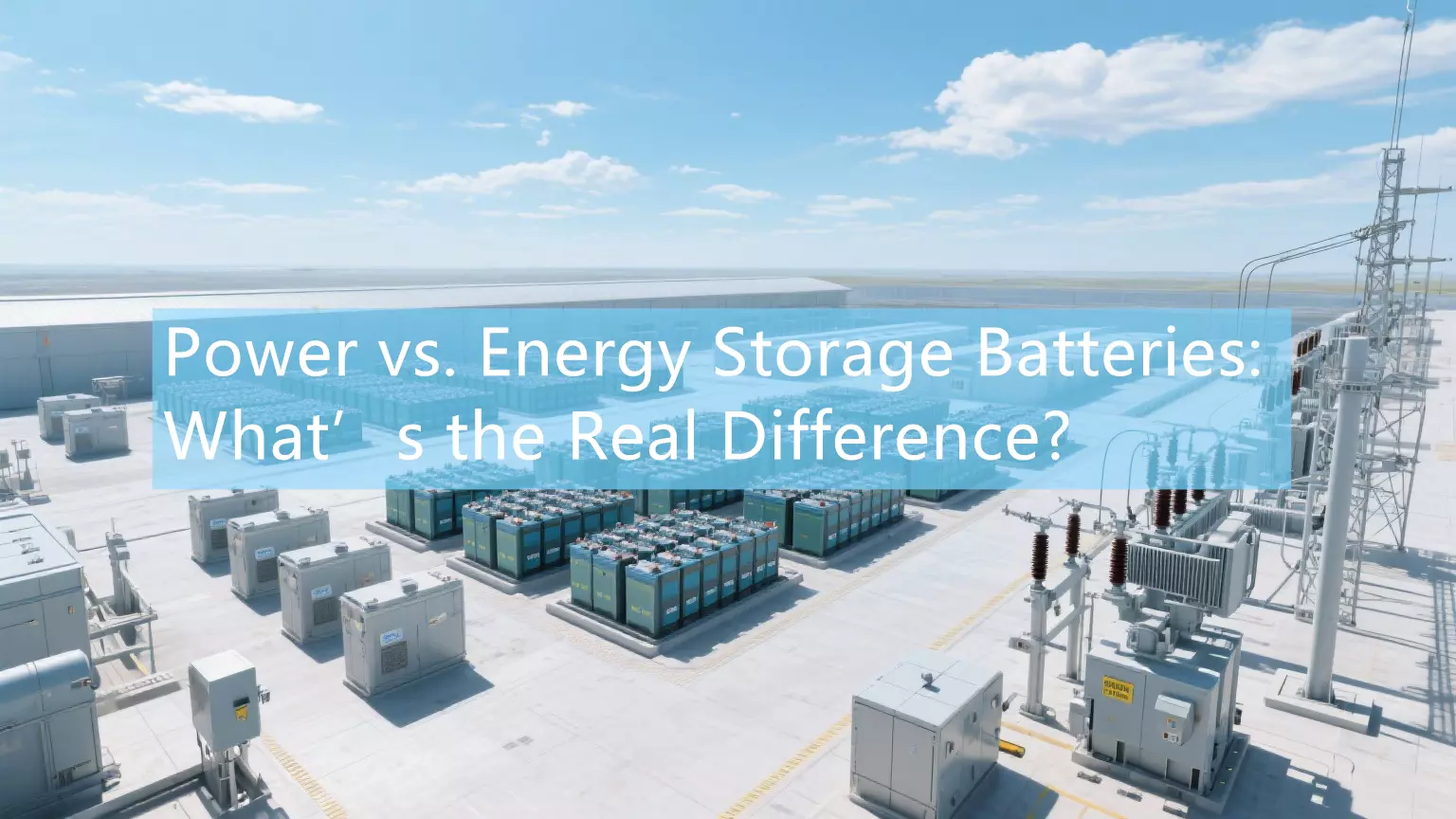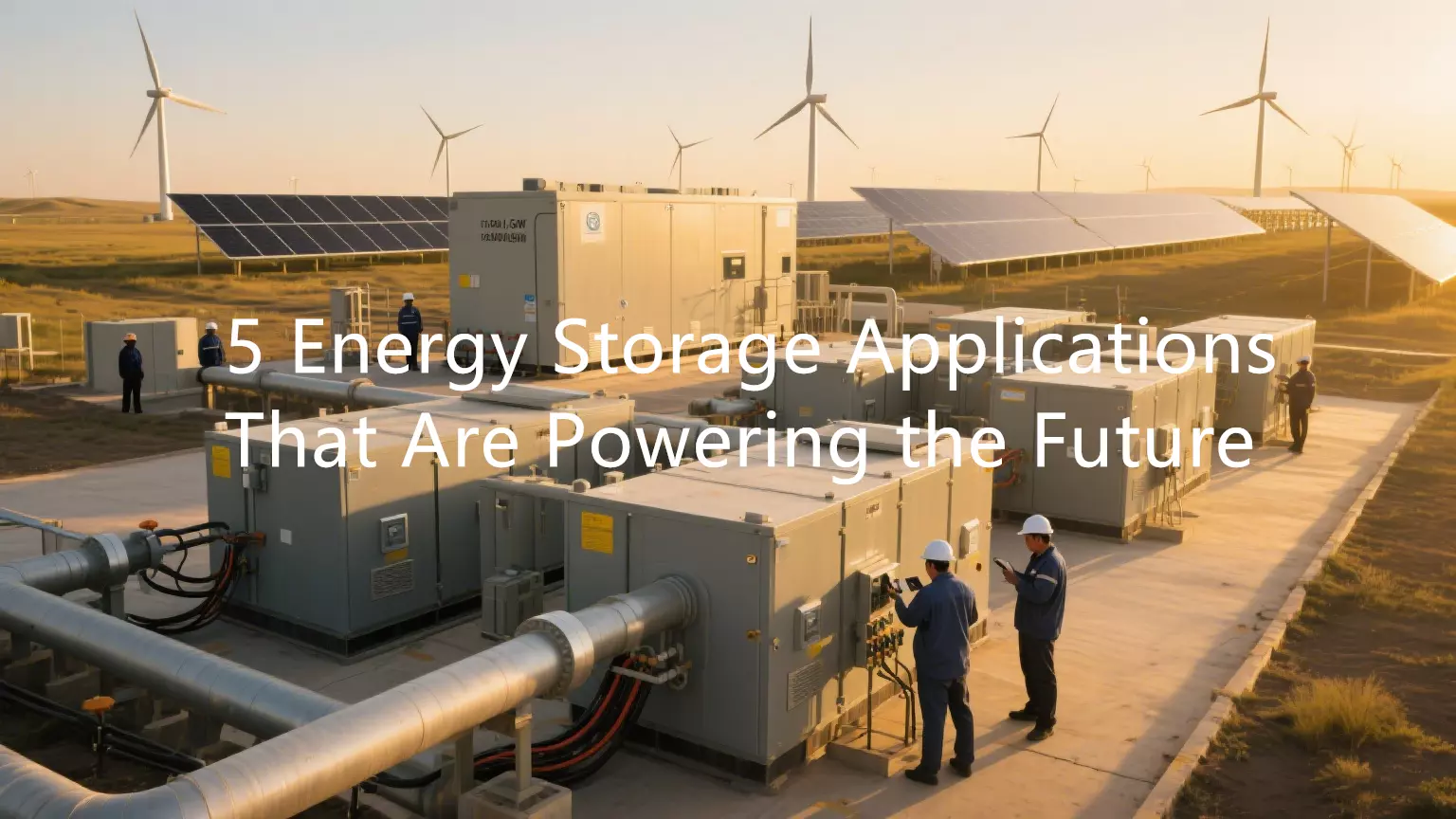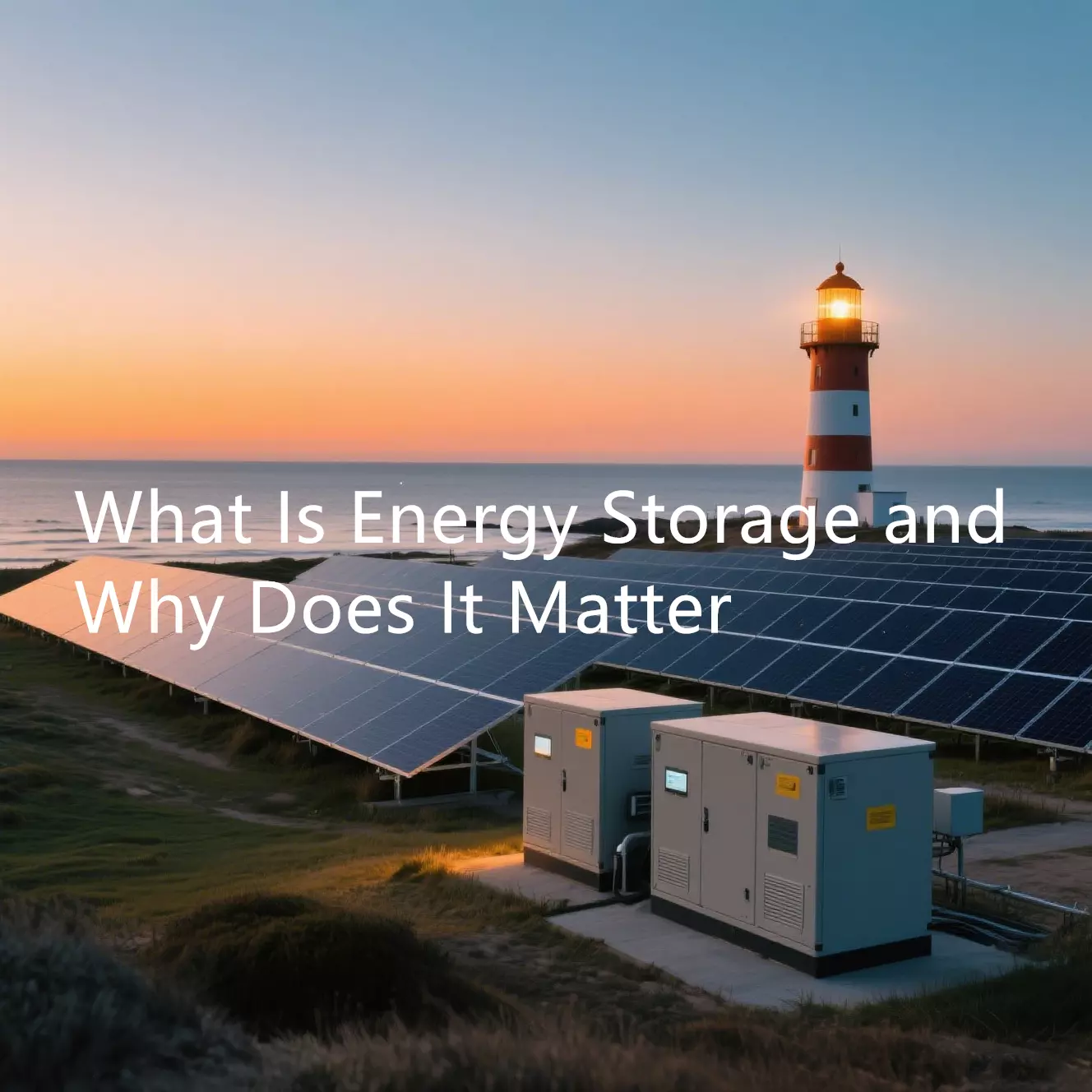Detailed explanation of key components and architecture of energy storage system
The energy storage system is a complex system, which consists of multiple parts such as batteries, electrical components, mechanical support, thermal management system, bidirectional energy storage converter (PCS), energy management system (EMS) and battery management system (BMS). Batteries are assembled into battery modules by arrangement and connection, and then fixed in the cabinet together with other components to form a battery cabinet.
Battery Management System (BMS)

The Battery Management System (BMS) is an essential component of any type of Battery Energy Storage Space System (BESS). It ensures optimal efficiency, safety, and long life of the battery pack. The key functions of a BMS include monitoring, safety, and control.
The BMS also interacts with other system components, such as the power conversion system (PCS) and energy management system (EMS), to optimize the efficiency of the entire battery energy storage system. This integrated strategy can be adjusted in real time based on current conditions and needs, thereby improving the safety and efficiency of the system.
Power Conversion System (PCS) or Hybrid Inverter
The power conversion system (PCS), often called a hybrid inverter, is a key element in a battery energy storage system (BESS). The PCS is responsible for converting the direct current (DC) from the battery into alternating current (AIR CONDITIONER) that the grid or neighborhood power system can utilize. This conversion is essential for integrating the stored energy into existing power facilities.
Conventional PCS includes several important functions:
| Performance | Summary |
|---|---|
| DC to Air Conditioning Conversion | Converts the DC output of the battery to AC, making it suitable with the grid and air conditioner tons. |
| AC to DC Conversion | Enables the system to charge the battery from an air conditioner resource by transforming the air conditioner to DC. |
| Grid Interaction | Allows smooth integration and synchronization with the grid, taking care of grid power changes and maintaining stability. |
| Island Setting Procedure | Offers power throughout grid outages by running separately from the grid. |
The efficiency of the PCS is an important consideration for the overall efficiency of the BESS. Modern systems typically achieve conversion efficiencies of around 95-98%, which reduces energy losses during the conversion process. This high efficiency is critical to optimizing the economics of energy storage solutions.
The advanced hybrid inverter is also equipped with innovative control features. These features include:
| Intelligent Control Attribute | Advantage |
|---|---|
| Top Cutting | Minimizes peak demand fees by discharging kept energy throughout high-demand durations. |
| Tons Shifting | Changes power consumption to off-peak times to make the most of lower electricity rates. |
| Regularity Policy | Aids preserve grid security by stabilizing supply and demand in real time. |
| Voltage Support | Offers responsive power to keep voltage degrees within the preferred variety. |
The PCS also plays an important role in safety and integrity. It includes many defense devices, such as overvoltage, overcurrent, and short-circuit protection, to protect the BESS and connected electrical systems. In addition, modern PCS equipment can operate in different environmental conditions, ensuring robust performance in different settings.
Controller

The controller is an integral part of the battery energy storage system (BESS) and is central to managing the operation of the entire system. It monitors, controls, protects, communicates, and dispatches the key components (called subsystems) of the BESS. In addition to communicating with the components of the energy storage system itself, it can also communicate with external devices such as meters and transformers to ensure that the BESS operates optimally. The controller has multiple levels of protection, including overload protection during charging and reverse power protection during discharge. The controller can be integrated with third-party SCADA and EMS for data collection and energy management.
SCADA

Supervisory Control and Data Acquisition (SCADA) systems are critical to battery energy storage systems (BESS). SCADA systems provide extensive monitoring and control capabilities to ensure efficient and safe operation of the entire energy storage space framework.
The integration of SCADA into the battery energy storage space is essential to achieve optimal performance, reliability and safety. By providing real-time monitoring, remote control, data logging and advanced diagnostics, SCADA systems play a vital role in the effective management of contemporary energy storage solutions.
EMS
The energy monitoring system (EMS) is critical to a battery energy storage system (BESS). It acts as the brain of the entire system, coordinating the operation of numerous components to ensure optimal performance, efficiency, and reliability. The EMS is responsible for monitoring, controlling, and maximizing the flow of energy within the energy storage system and between the system and the grid or other power sources.
Overview EMS features:
| Feature | Summary |
|---|---|
| Charge/Discharge Administration | Optimizes the timing and rate of battery charging and releasing to optimize economic benefits and battery life. |
| Grid Stabilization | It offers frequency law, voltage support, and optimal shaving to keep grid security. |
| Sustainable Integration | Takes care of the variability of eco-friendly power sources to guarantee efficient power storage and release. |
| Anticipating Analytics | Makes innovative formulas to assess information and make informed decisions regarding power management. |
The MS is an essential component of the battery energy storage system and is critical to ensuring the effectiveness, reliability, and economic viability of the system. By successfully handling the energy cycle, integrating environmentally friendly resources, and leveraging predictive analytics, the EMS helps maximize the efficiency of the entire energy storage system.
Other important components:
-
HVAC
-
Fire Suppression
- Auxiliary equipment: such as battery holders, cables, maintenance tools, etc.
Conclusion:
All these components work together to realize the functions of battery energy storage system to store, convert and release energy. When designing and selecting each component, it is necessary to comprehensively consider factors such as application scenarios, energy requirements, performance requirements and reliability.





